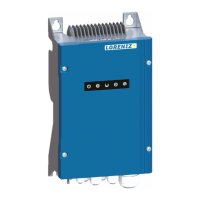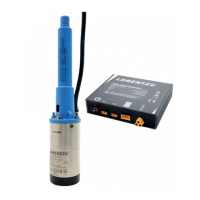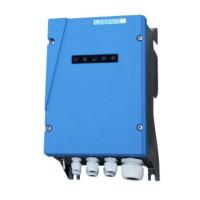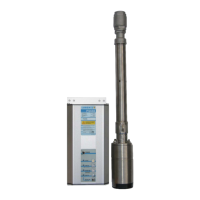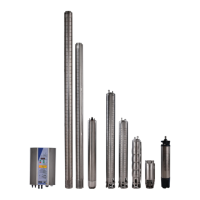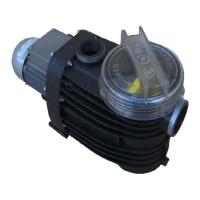Selecting and Using Meters for Electrical Testing12.8
Most on-site trouble shooting requires a test instrument
called a multimeter which can be obtained from an electric
supply, electronic supply, automotive or hardware store. It
will measure DC and AC volts, current (amps) and resist-
ance (Ohms, symbolized by “Ω“). Here are some criteria for
selecting a meter for testing.
Digital or analog meter? A digital meter is best. An
autoranging digital meter is easiest to use, especially
for a beginner. An analog (mechanical) meter is good if it is
of high quality and at least 3 in (75 mm) wide.
Resistance ranges The meter must read in the 0 – 10 Ω
range to one decimal place. This includes all but the small-
est and cheapest digital meters, and analog meters that
have at least three resistance ranges.
Ammeter ranges These are the options, with notes
about cost and benefits. $ costs are US$, typical in USA.
Multimeter with milliamp range but no Amp range 1.
(under $35) – This will be useful for voltage and
resistance measurement, but not for current. It is
useful, but not adequate for all troubleshooting.
Multimeter with amp range to 10 A or more, without 2.
clamp-on capability ($25 – $150) – This will measure
PV array current and pump running current. A wire
must be disconnected in order to measure current
(current must flow through the meter). Inexpensive
meters are delicate and not suited to professional
use.
DC/AC clamp-on ammeter ($50 – $300) – a clamp-3.
on meter allows measurement of current without
disconnecting wires. We strongly recommend this
type of meter for solar pumps and other electrical
equipment. It makes the job much safer and easier.
Fluke Model 33 or 36 are the professional favorites.
Cheaper ones are less reliable and should be checked
periodically for accuracy.
Use two meters and clips for easier testing It is of-
ten helpful to measure voltage and current simultaneously.
An inexpensive meter is adequate for voltage, because
precision is not necessary. Clip-wires or clip-on probes are
very helpful if you don’t have three hands.
Resistance readings are always taken with NO POWER
applied to the circuit. Always use the LOWEST range that
produces a reading (RX1 is the lowest range). An “auto-
ranging” meter will adjust its range automatically.
Measuring Solar Energy Intensity12.9
To accurately evaluate a solar-direct solar pump, it is
necessary to measure sun intensity. For example, if the solar
pump is producing around 60 % of the specified maximum
flow, and you measure the sun intensity (in the same plane
as the array) as 60 % of full sun, you know the system is
working properly.
The Daystar Meter is a hand-held instrument that measures
sun intensity using a solar (PV) cell similar to those used
to power your solar pump. It displays the solar potential
in watts per square meter (W/m
2
). The industry-standard
for full sun intensity is 1,000 W/m
2
, so a reading of 600
indicates 60 % intensity.
The meter costs less than $150 (in USA). Order directly
from the manufacturer: Daystar, Inc., 3240 Majestic
Ridge, Las Cruces, NM 88011 USA, tel. (505) 522-4943
daystarpv@mac.com www.raydec.com/daystar
Zero adjustment Some meters have a zero-adjustment
to insure accuracy. This applies to analog meters when
measuring resistance, and to clamp-on DC ammeters. Be
sure to set the zero if necessary!
WARNING Read the instructions that
come with your meter, and follow the
safety warnings.
WARNING Attempting to read
current (amps) between the two
poles of a power circuit causes a
potentially dangerous short circuit.
Connect the probes in series with the circuit – see
your meter’s instruction manual. To read voltage,
the red probe must NOT be in the Amps socket.
This will cause a short circuit.

